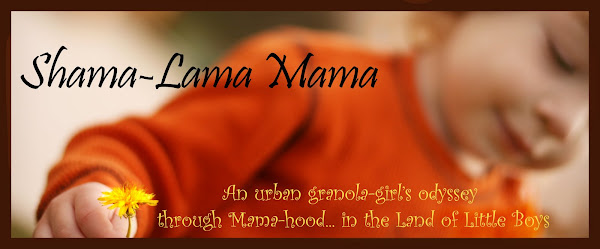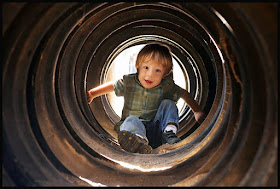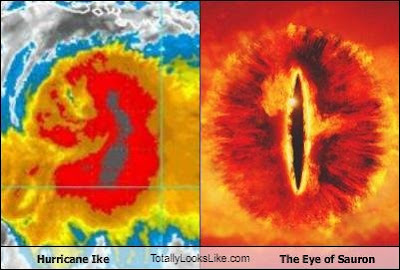
So, we have dived head first into Behavior Modification techniques for ADHD, although without going to a specialist. I have read (or skimmed) quite a few books and web pages and forums looking for tips and techniques that work best for other parents in the same boat.
What I
never realized with ADHD (and a reason that I balk at the diagnosis) is that these kids apparently come with a lot of anger issues and behavioral problems. I thought it was just happy hyperactivity or gaze-out-the-window-dreaminess. I worried he might instead be bi-polar or something because I was seeing depression and mania, aggression and sudden anger. But apparently, these are common occurrences with ADHD.
We found something that is working pretty well for us so far. Even though I am one to loathe stickers, charts, and behavior games of all kinds.
We settled on a version of a tactic that worked so well with his (fabulous) kindergarten teacher last year. It's a kind of ladder chart with steps from 1-10. I came up (with his help) with 10 privileges that he has in our house, and each step adds one or removes one from what he is allowed to do. With each offense, rule broken, etc, he moves down a notch, and with each good behavior, he moves up.
He comes home each day with a red, yellow, or green card telling us how his behavior was that day and he goes up one with green, down with red, and stays level with yellow. If he walks out of the house on time in the morning without trouble, and on time, he moves up. If he shows kindness to his brother he moves up, etc. (As long as its NOT done so that he CAN move up!)
I gave him the option of choosing which level he should
begin the method on, and of course he chose level 10 - Full Privileges! And I have to say he has spent most all of his time up at the very top of the ladder since we have begun it. But then most chart methods start off fabulous and go south eventually, so we shall see.
We also initiated a "counting" process based on the
1-2-3 Magic discipline approach by Dr. Thomas Phelan. Very simplistically, you say "That's one" when anger, backtalk or disobeying occurs. "That's two" when it occurs again immediately afterward. On "three" they get a time out, but for us, we move him down a rung on the ladder and he loses a priviledge. Less time outs for us, and now we use them only for hitting, extreme rudeness and for cooling down from a rage.
This method is nice for ADHD kids because it gives
two warnings instead of the one he was always failing to heed or sometimes even notice. Gives him more than one chance to realize what is about to happen and get himself under control and make a shift. And while we did make rules, you can count
any kind of undesirable behavior.
So...
Noah: Can I go play with the water hose before dinner?
Me: No, we are just about to eat and I don't want you to get all wet and muddy.
Noah: Oh Pleeeeeeze!!????
Me: I said no, honey.
Noah: WHY NOT!?
(and instead of saying "I just gave you the reason why not!" or "because I said so", I now can simply say "that's one" and keep chopping vegetables.)
Me: That's One.
Noah: I won't get wet, I SWEAR!!!
Me: That's two.
Noah: grrrrr.... FINE!
No arguing, no raised voices, no letting him get a rise out of me, no explaining myself more than once or justifying my reasons. Counting tells him that whatever he
just did is not appropriate. No fuss, no muss.
Pray it lasts.

 There was a sledding mountain inside a feed barn made out of cotton seeds. It was soft but not as slick as one would like. Still great fun to climb around on!
There was a sledding mountain inside a feed barn made out of cotton seeds. It was soft but not as slick as one would like. Still great fun to climb around on!




























